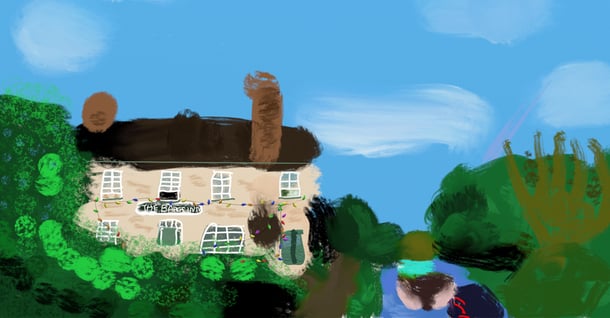
06/10/22How Can You Live a Fulfilling Life with Fatigue and Cerebral Palsy?
Fatigue is a common symptom for people with cerebral palsy (CP). Although there are no specific treatments for fatigue, there are still things you can do.

Fatigue is a common symptom for people with cerebral palsy (CP). Although there are no specific treatments for fatigue, there are still things you can do.

We give you the benefits and recommendations on how you can stay physically active to improve your quality of life as a wheelchair-user.

Strength training as a means of improving health, overall function and general well-being for people with cerebral palsy.
/EACD.jpg?width=610&height=319&name=EACD.jpg)
This year's EACD conference was held in beautiful Paris, and 1300 participants from all over the world attended. It was a very engaging theme: Innovation for participation, and the scientific program featured both…

Varied movement and activation of the muscles around the hip joint are important to help the joint develop in people with physical disabilities.
/Supported-standing.jpg?width=610&height=319&name=Supported-standing.jpg)
Some children with CP have limited opportunities to achieve independent standing and walking, and require postural support equipment and devices to compensate for reduced motor function.

Becky has no voice, but that doesn’t limit her expressing herself - and she is worth listening to!

Even though Gross Motor Functions Classification System (GMFCS) is a widespread classification tool, most people is unfamiliar with its use.